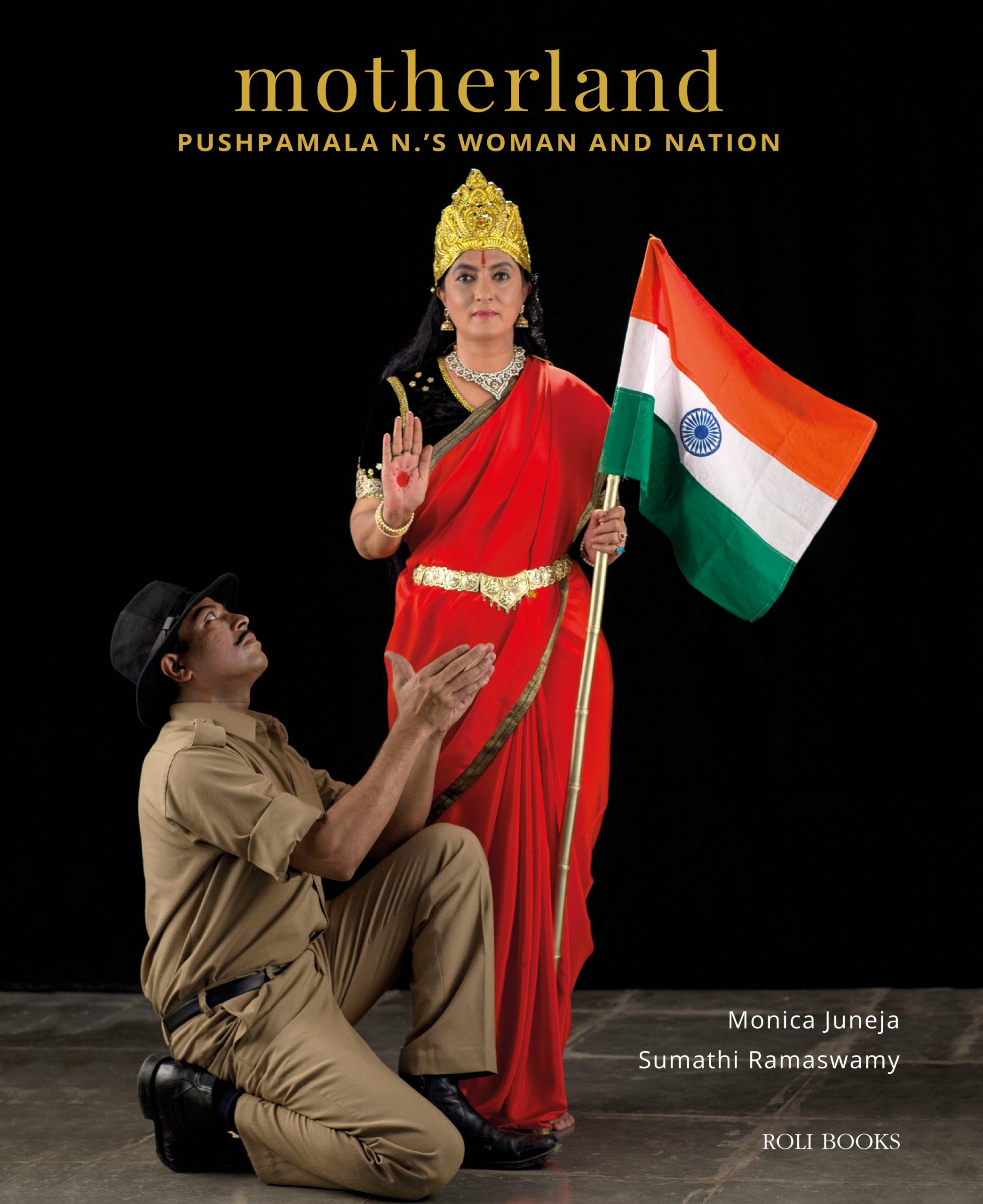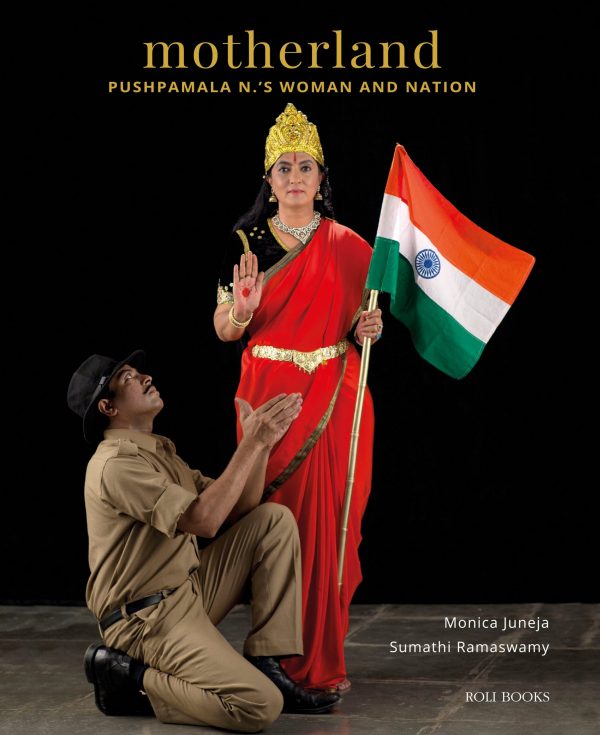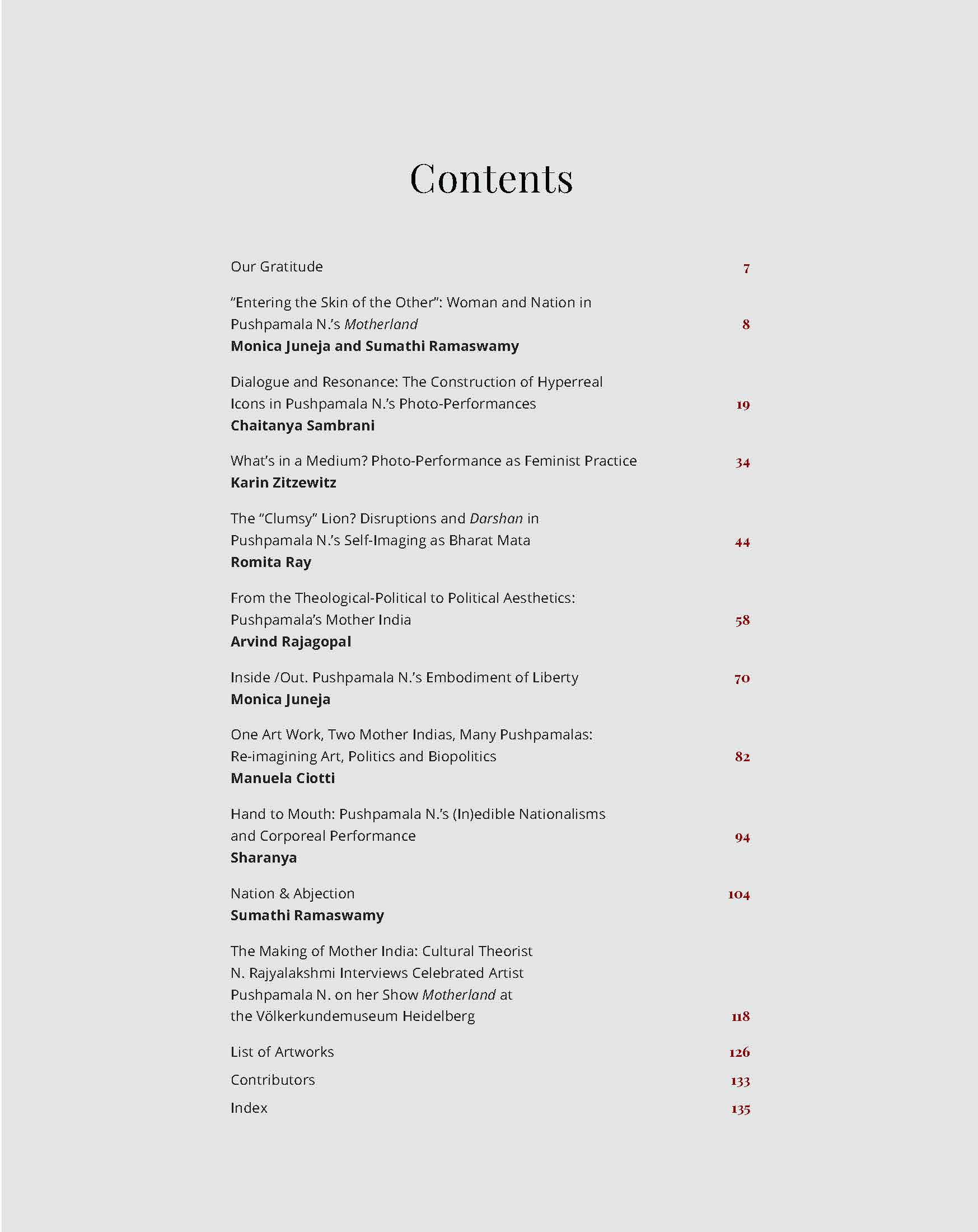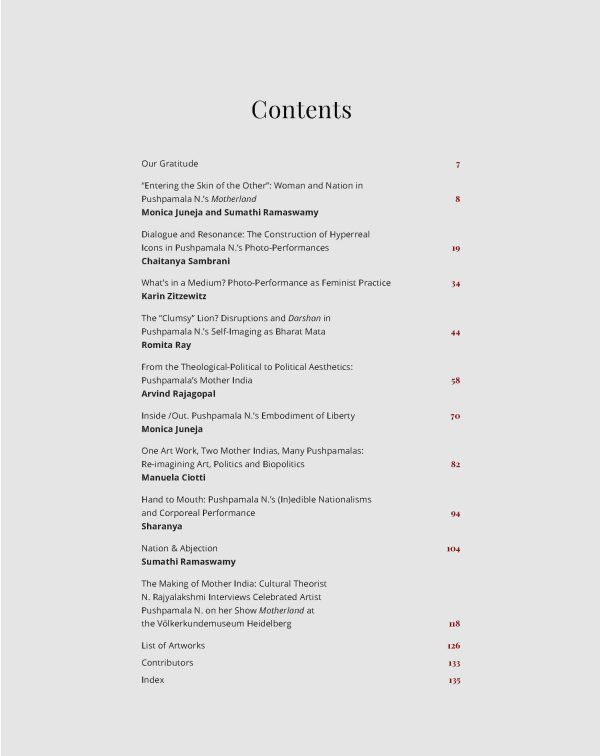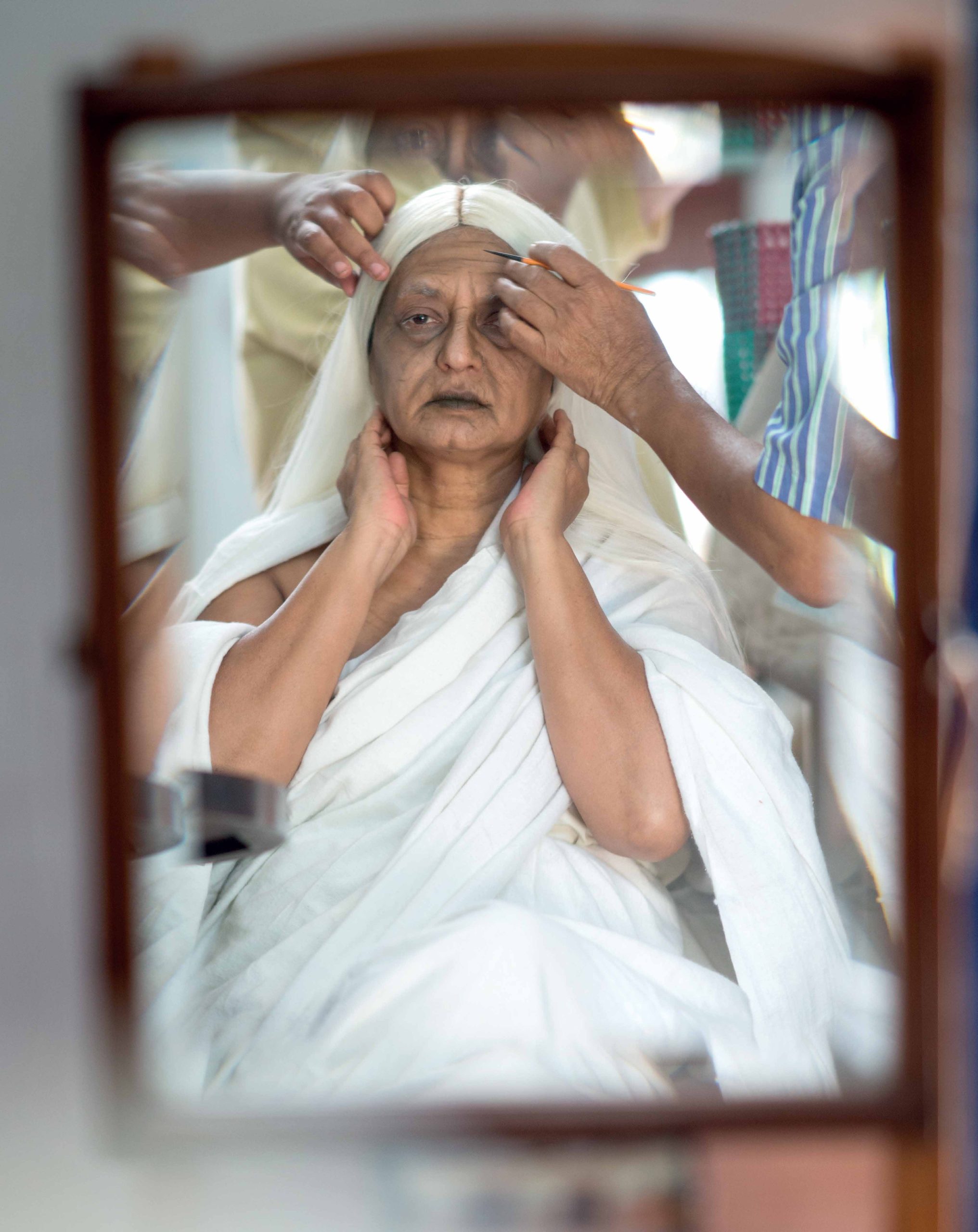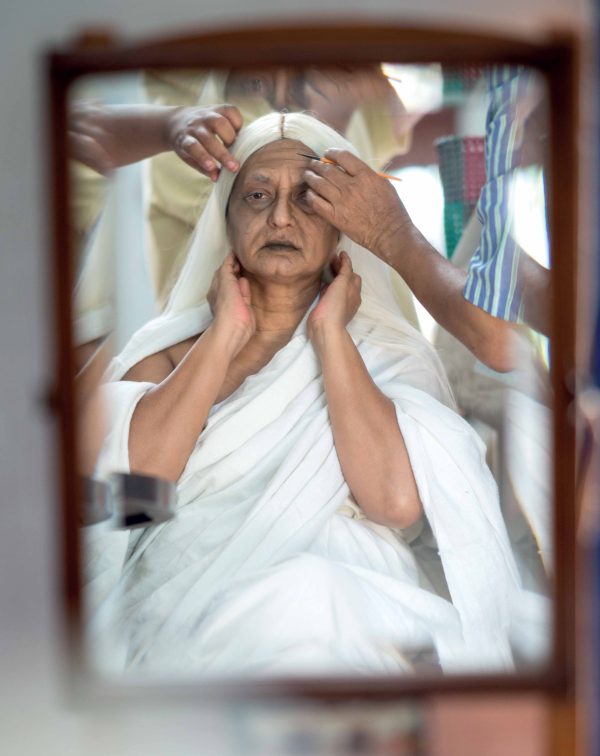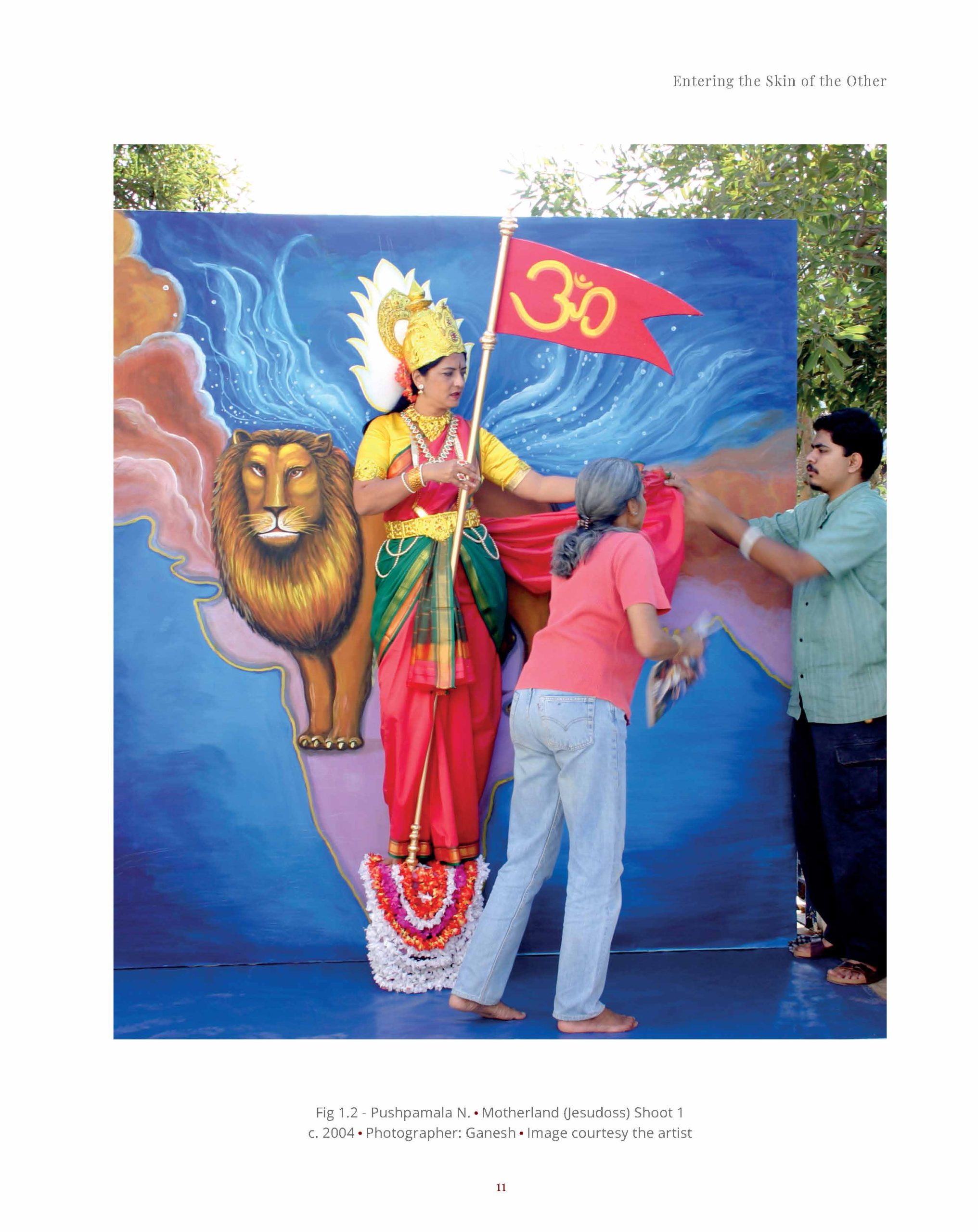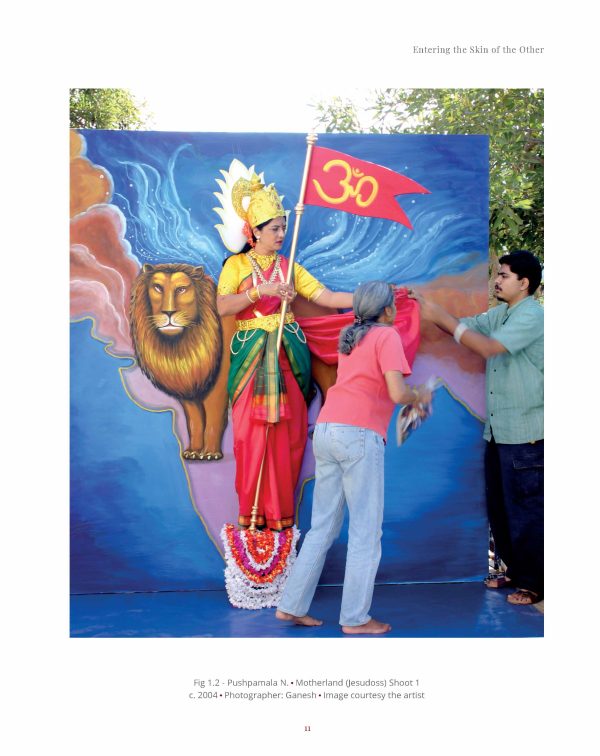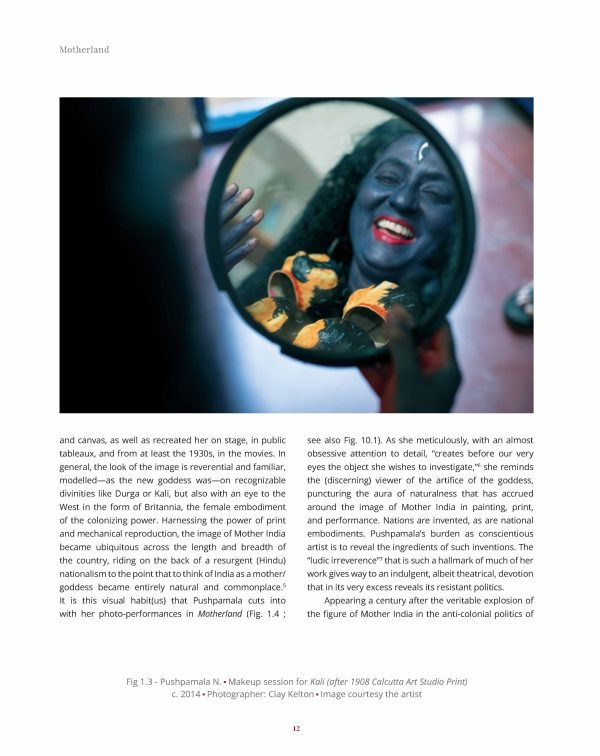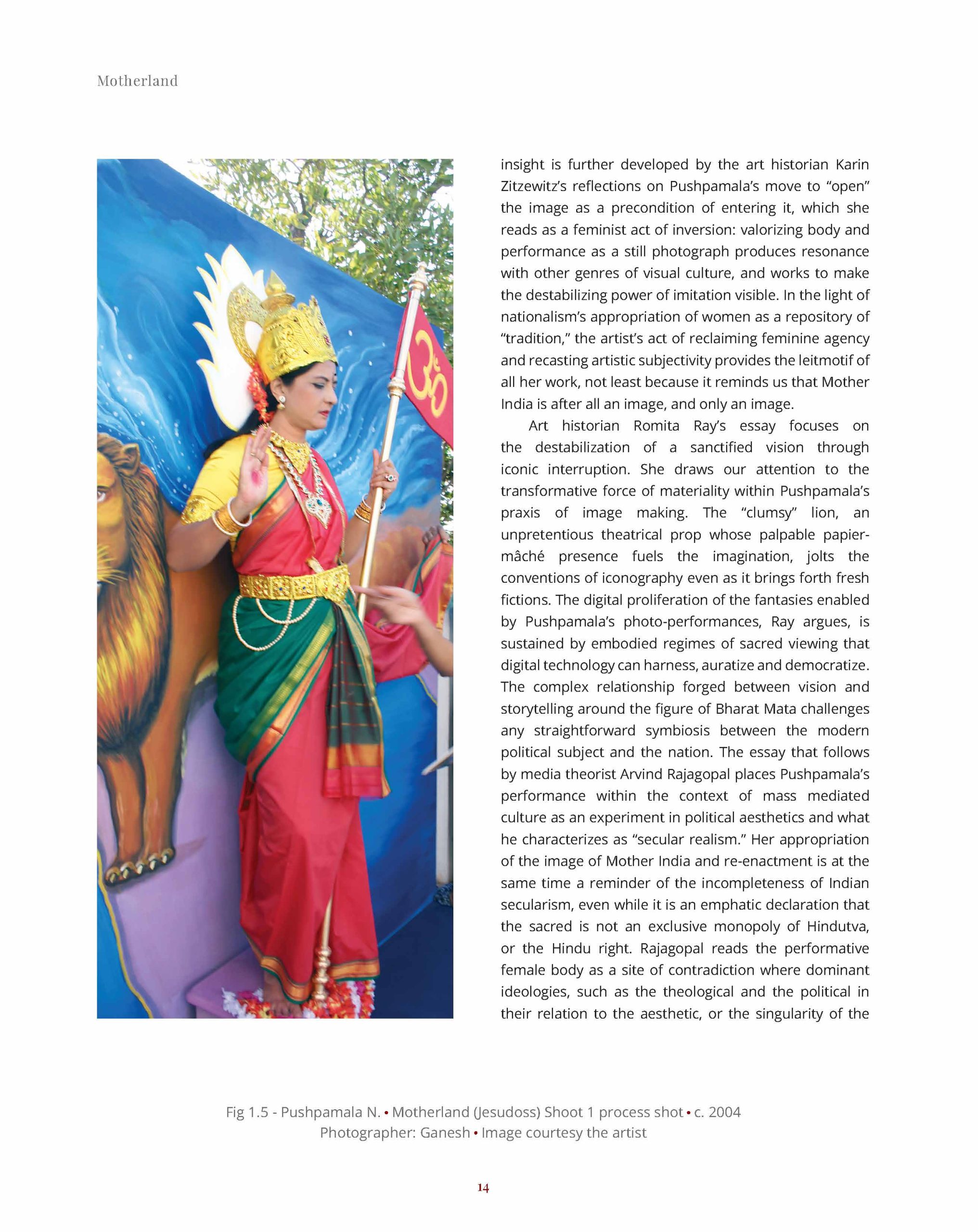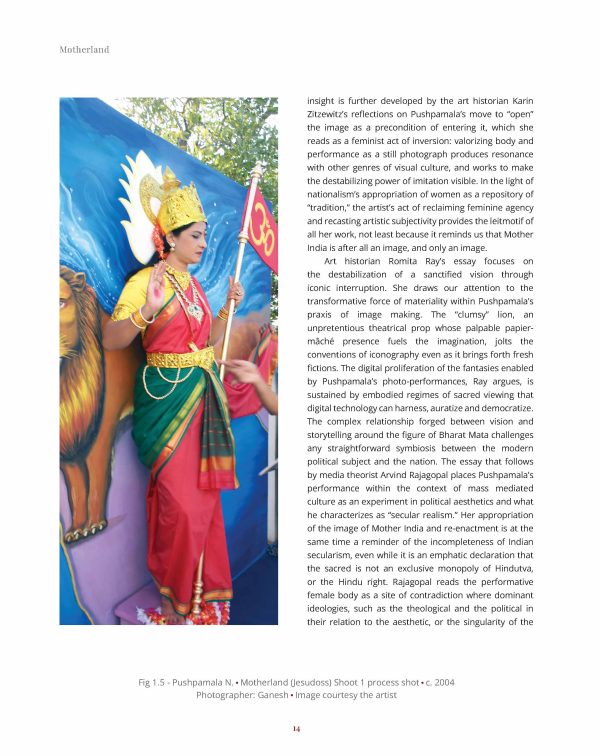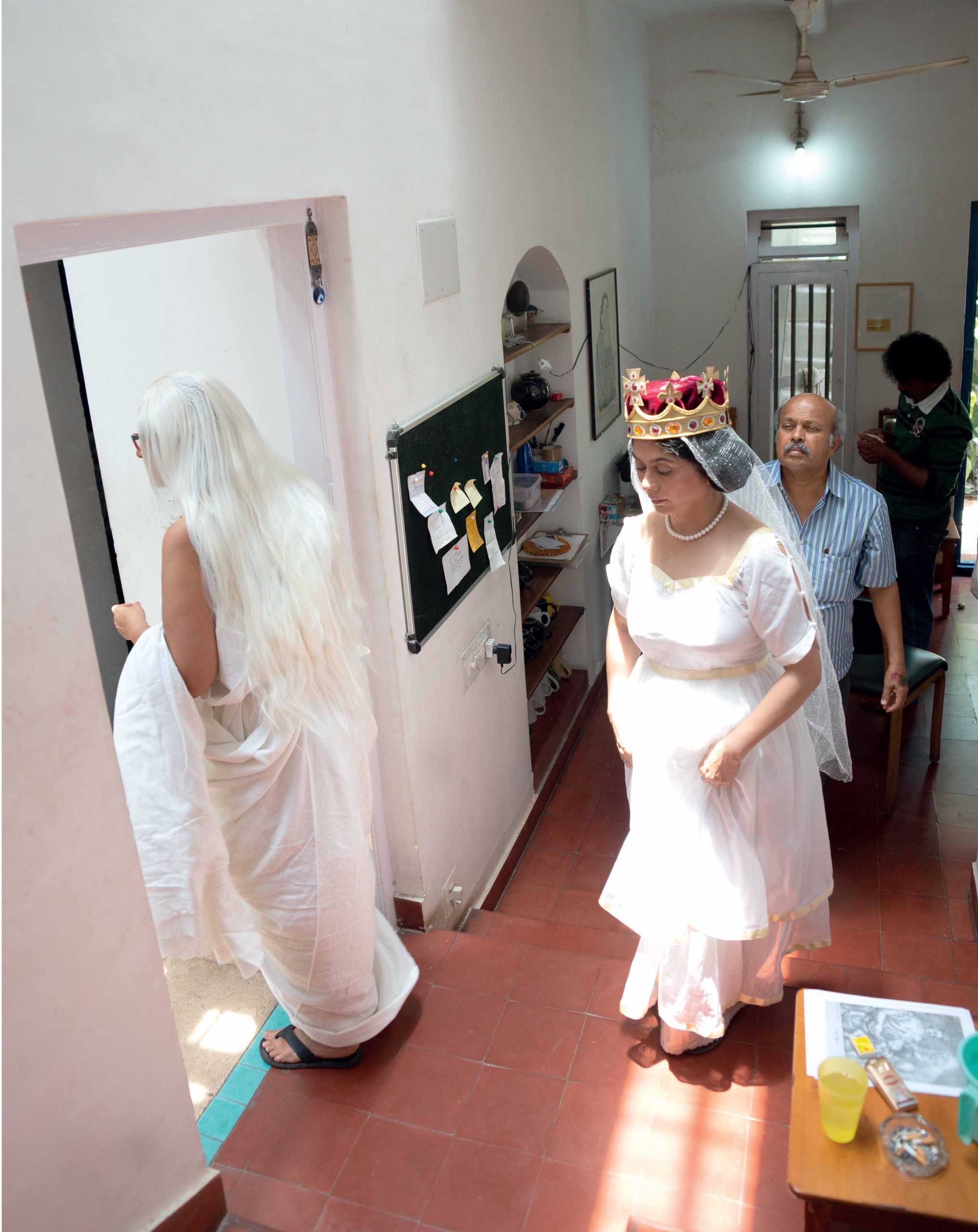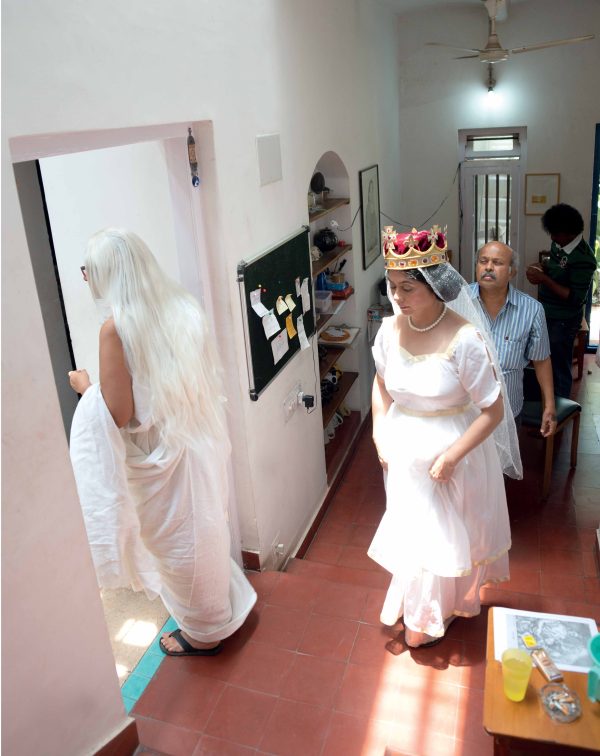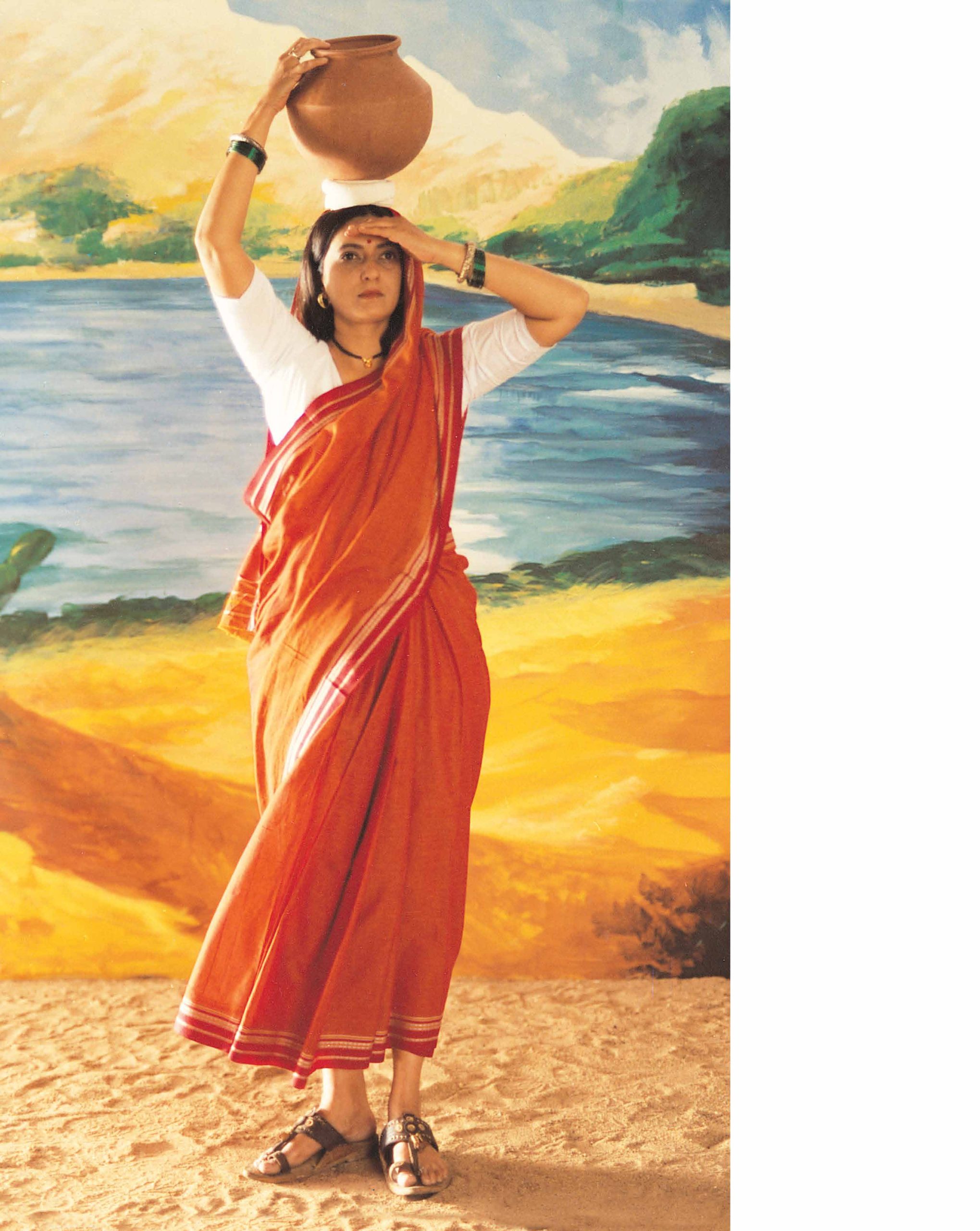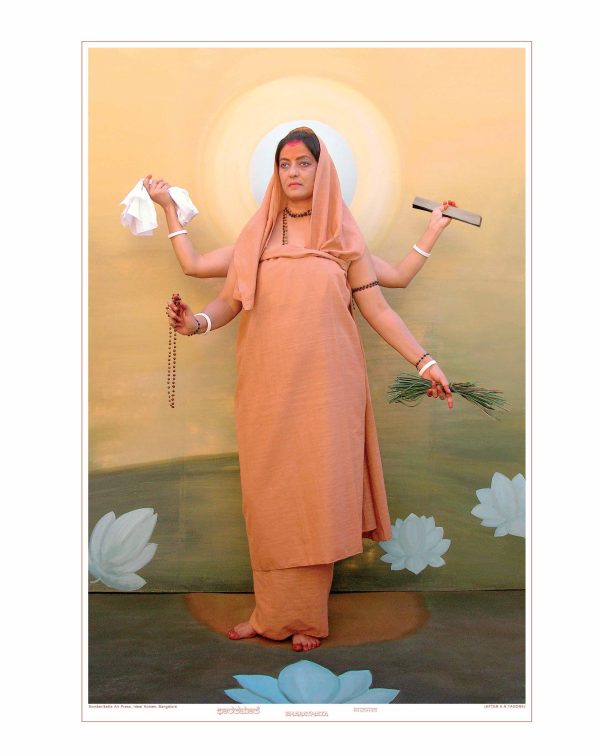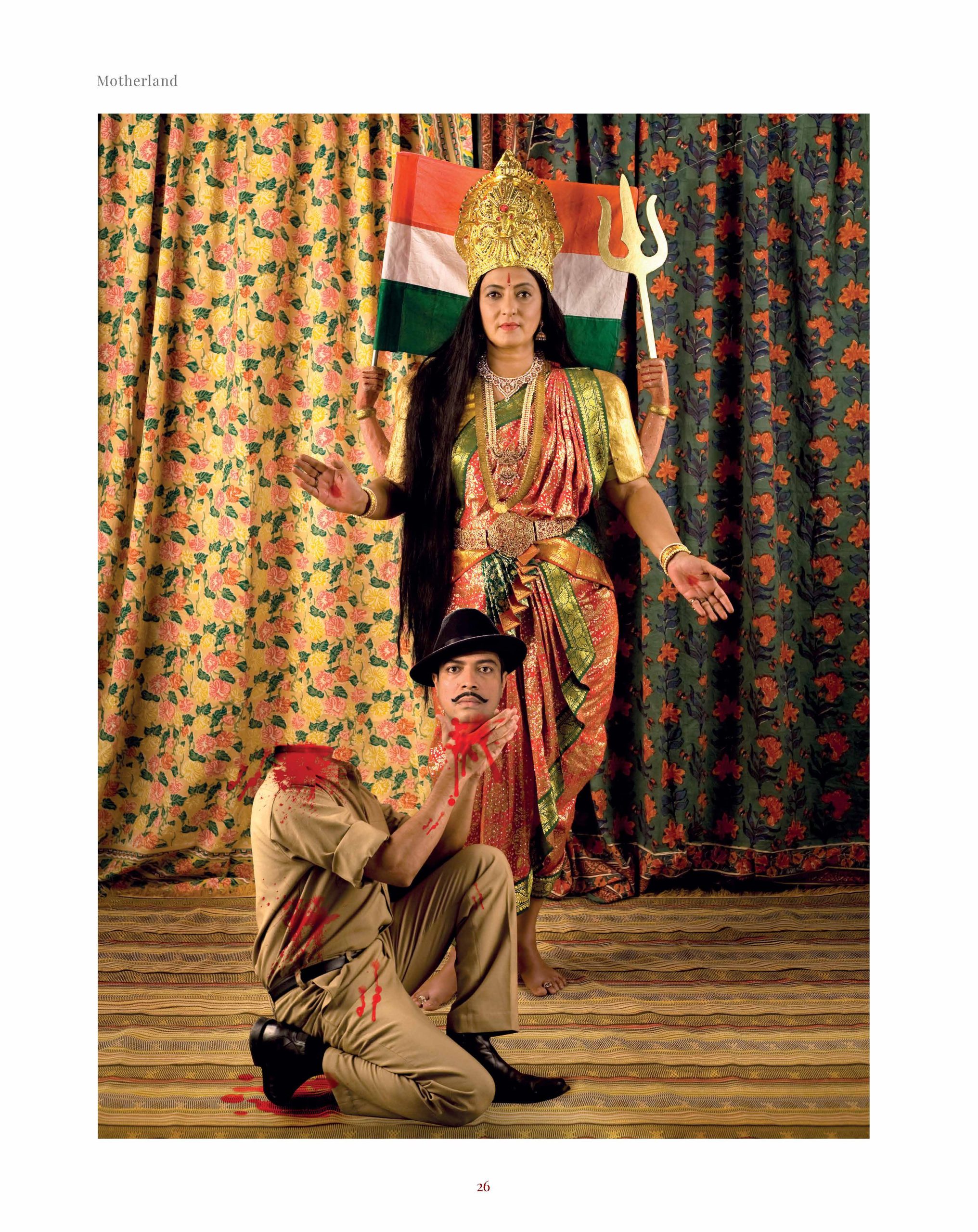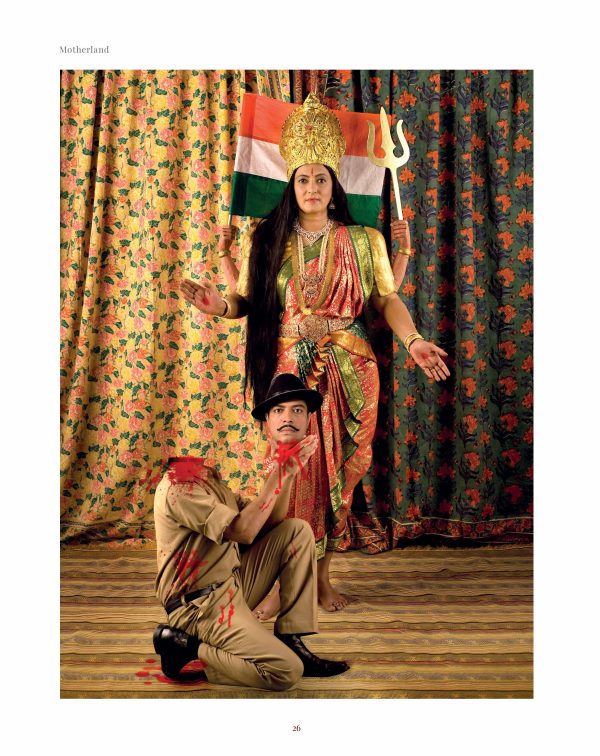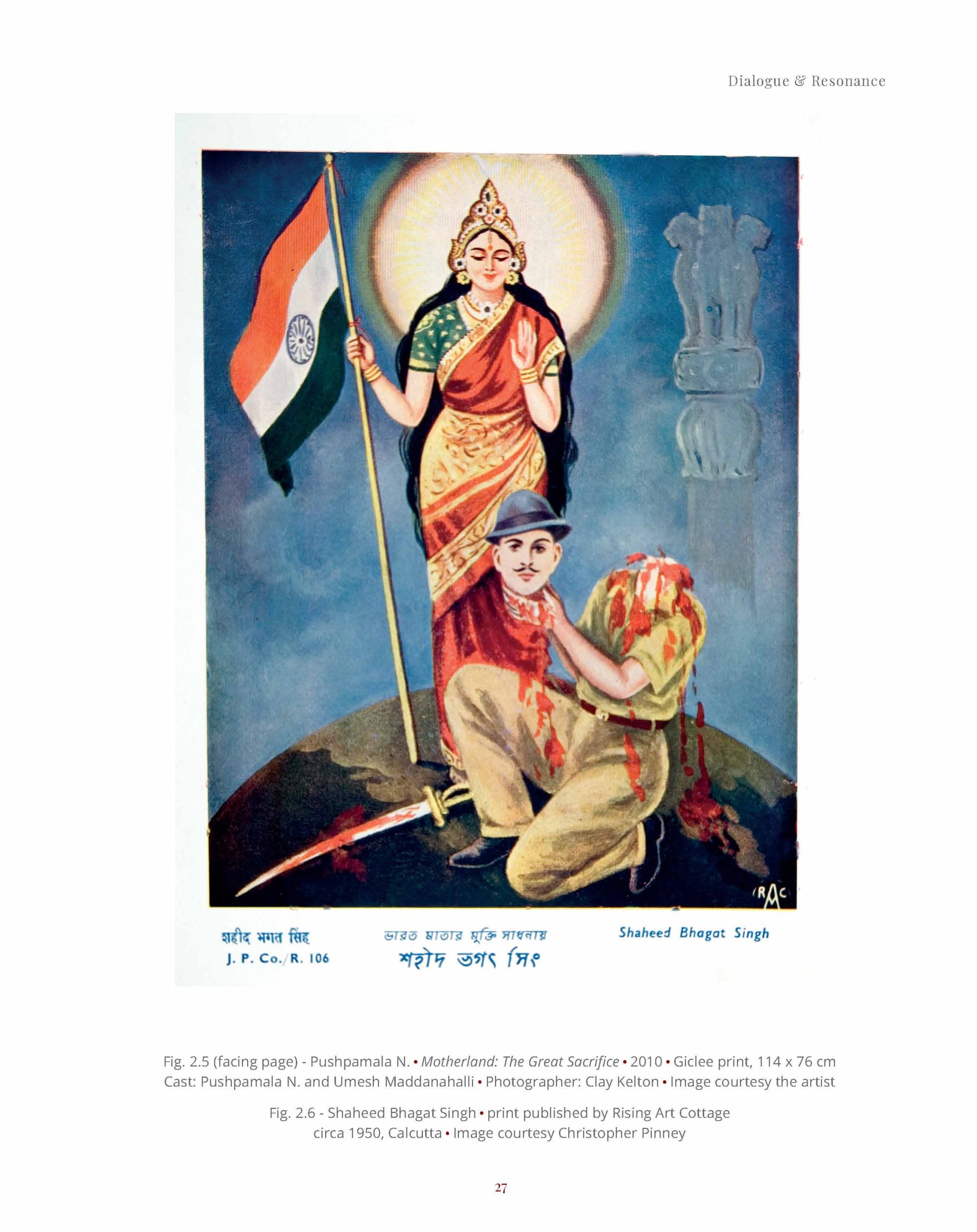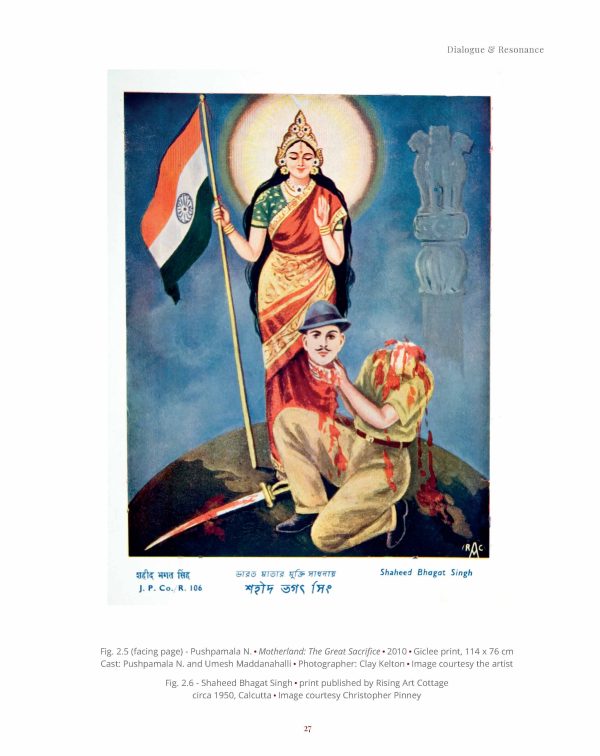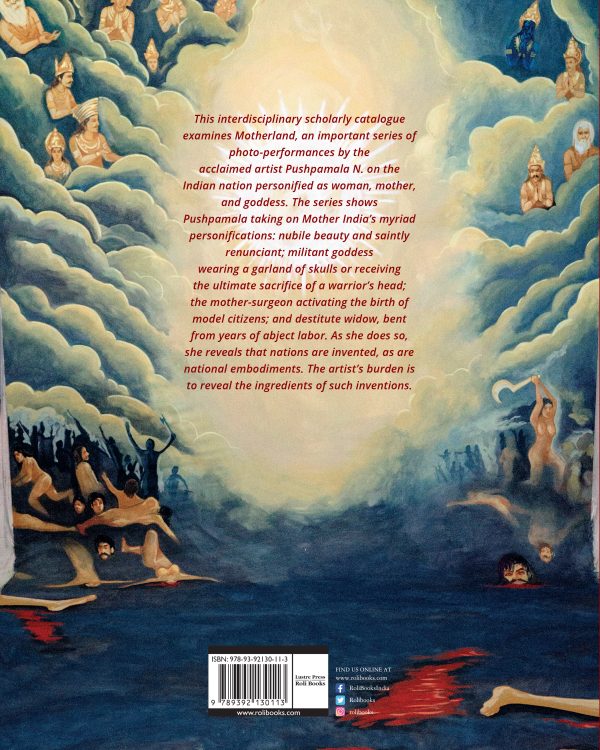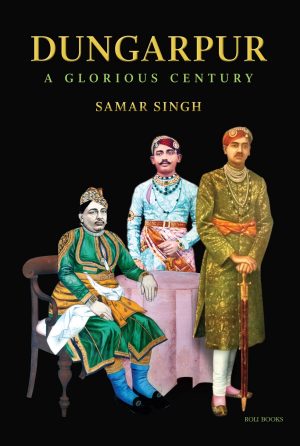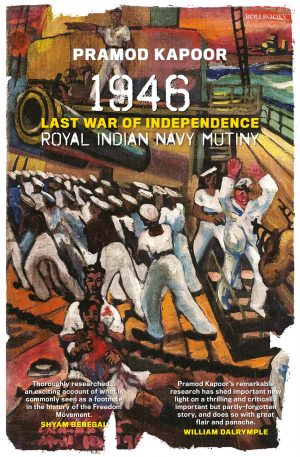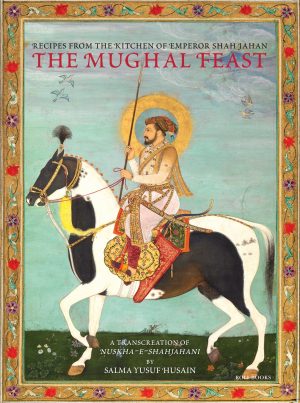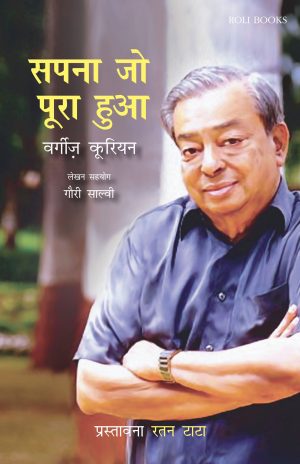Authors
-
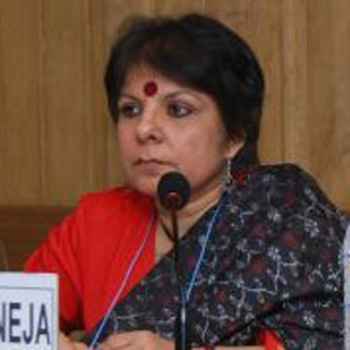
Monica Juneja is Professor of Global Art History at the University of Heidelberg. Her research and publications focus on transculturation and visual representation, disciplinary practices of art history in South Asia, gender and political iconography, history of visuality in early modern South Asia and architectural histories and heritage. She is the author of the recently published Disaster as Image: Iconographies and Media Strategies across Asia and Europe; EurAsian Matters: China, Europe and the Transcultural Object. Her forthcoming book is Can Art History be made Global? Meditations from the Periphery. Monica Juneja edits the Series Visual and Media Histories(Routledge), is on the editorial board of Visual History of Islamic Cultures (De Gruyter), Ding, Materialitat, Geschichte (Bohlau), Asthetische Praxis (Brill), History of Humanities (University of Chicago Press), and is co-editor of the Journal of Transcultural Studies.
-

Sumathi Ramaswamy is James B. Duke Professor of History and International Comparative Studies, and Chair of the Department of History, Duke University, Durham, North Carolina, USA. She has published extensively on language politics, gender studies, spatial studies and the history of cartography, visual studies and the modern history of art, and more recently, digital humanities and the history of philanthropy. Her published works include The Goddess and the Nation: Mapping Mother India and Husain’s Raj: Visions of Empire and Nation; and edited volumes, Barefoot Across the Nation: Maqbool Fida Husain and the Idea of India, and Empires of Vision (co-edited). She is a co-founder of Tasveerghar: A Digital Network of South Asian Popular Visual Culture (www.tasveerghar.net). Her current work is a collaborative digital humanities project titled “No Parallel? The Fatherly Bodies of Gandhi and Mao.”.
